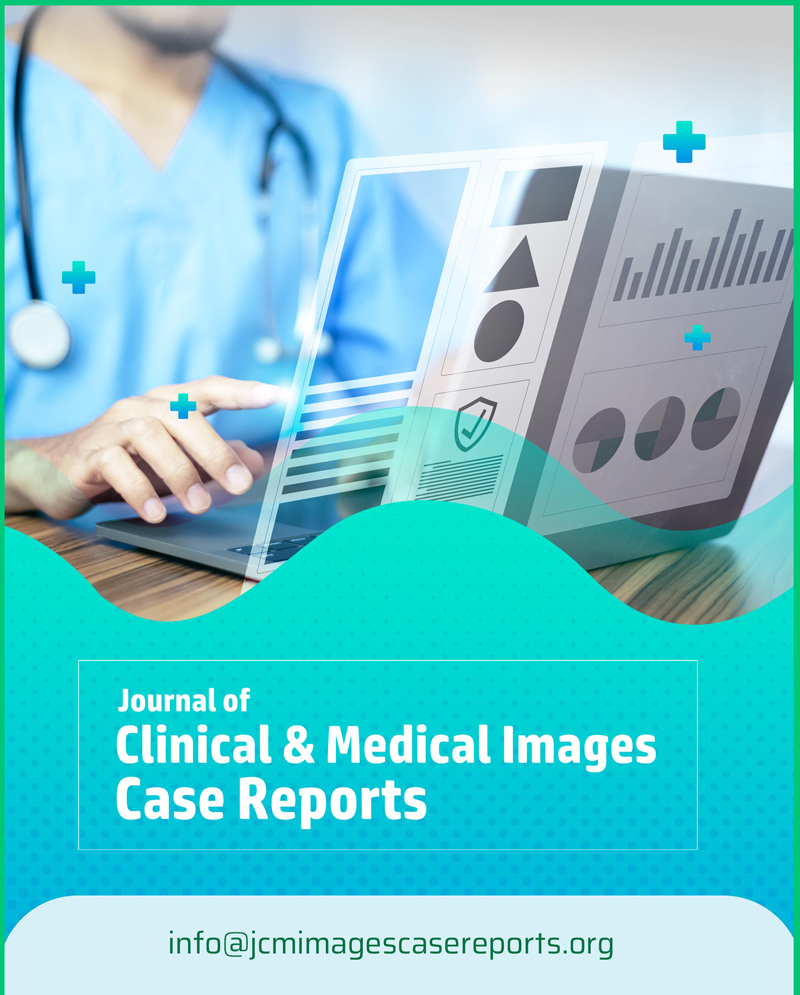ISSN Number
ISSN 2771-019XOpen Access, Clinical Image, Volume 4, Issue 5
Metabolic skeletal superscan on 18F-FDG PET/CT scan from parathyroid carcinoma
Chenxi Wu1; Priyanka Patel1; Sara Hadad2; Lance T Hall1*
1Department of Radiology and Imaging Sciences, Division of Nuclear Medicine and Molecular Imaging, Emory University School of Medicine, Atlanta, GA, USA.
2Immunology Research Center, Tabriz University of Medical Sciences, Tabriz, Iran.
Dr. Arturo Giordano
Cardiovascular Interventions Unit, Pineta Grande Hospital, Domiziana Street KM 30, 81030 Castel Volturno CE, Italy
Phone/Fax: +39-336-945902
Email: arturogiordano@tin.it
Received : Aug 27, 2024,
Accepted : Sep 16, 2024
Published : Sep 23, 2024,
Archived : www.jclinmedcasereports.com
Copy right Statement: Content published in the journal follows Creative Commons Attribution License (http://creativecommons.org/licenses/by/4.0). © Hall LT (2024).
Journal: Open Journal of Clinical and Medical Case Reports is an international, open access, peer reviewed Journal mainly focused exclusively on the medical and clinical case reports.
Citation: Wu C, Patel P, Hadad S, Hall LT. Metabolic skeletal superscan on 18F-FDG PET/CT scan from parathyroid carcinoma. J Clin Med Images Case Rep. 2024; 4(5): 1737.
Description
Metabolic Skeletal Superscan (MSSS) is a well-known finding on 99mTc-MDP bone scan, characterized by symmetric, uniform increased radiotracer uptake by bones with diminished renal and soft tissue uptake due to elevated osteoblastic activity. Unlike metastatic superscan, metabolic superscan is seen in metabolic bone disease such as primary hyperparathyroidism and renal failure with elevated Parathyroid Hormone (PTH) and low phosphate excretion [1]. Although typical in bone scan, MSSS is scarcely encountered on 18F-Fluorodeoxyglucose (FDG) Positron Emission Tomography/Computed Tomography (PET/CT). A review of the literature demonstrated only a handful of similar cases on 18F-FDG PET/CT imaging [2,3]. The mechanism of increased bone FDG uptake in MSSS is likely related to augmented glucose and oxygen use in osteoclasts and osteoblasts, driven by upregulated glycolysis and oxidative phosphorylation. Like bone scan, MSSS on 18F-FDG PET/CT could often involve craniofacial bones like the mandible and maxilla due to their high baseline metabolic activity and rich vascular supply.
Clinical image
A 50-year-old male with end-stage renal disease and hyperparathyroidism. Despite treatment with etelcalcetide for six years and hemodialysis, PTH level remained elevated (up to 2090 pg/mL). Sestamibi parathyroid scan revealed possible ectopic parathyroid adenoma in the upper mediastinum and potentially enlarged parathyroid gland in the neck. Further imaging demonstrated upper mediastinal mass which was later biopsy proven parathyroid tissue. He subsequently underwent surgical resection including mediastinal mass excision and radical neck parathyroidectomy. Pathology was consistent with parathyroid carcinoma (6.6 cm) with angioinvasion.
Post-surgical 18F-FDG PET/CT demonstrated extensive increased FDG uptake throughout the axial and appendicular skeleton, including FDG-avid heterotopic ossification most pronounced in the maxilla and mandible, leading to a typical “leontiasis ossea” appearance, consistent with metabolic bone disease from long-standing hyperparathyroidism.
Disclosure of conflict of interest: None.
References
- Sy WM, Patel D, Faunce H. Significance of absent or faint kidney sign on bone scan. J Nucl Med. 1975; 16(6): 454-6.
- Do Vale RH, Queiroz MA, Coutinho AM, Buchpiguel CA, De Menezes MR. 18F-FDG PET/CT Osteometabolic Activity in Metastatic Parathyroid Carcinoma. Clin Nucl Med. 2016; 41(9): 724-5.
- Güney İ B, Paydaş S, Ballı HT. Super Scan Caused by Parathyroid Carcinoma Observed Both in(18)F-FDG PET/CT Scan and Tc-99m MDP Bone Scintigraphy. Mol Imaging Radionucl Ther. 2017; 26(3): 116-9.




